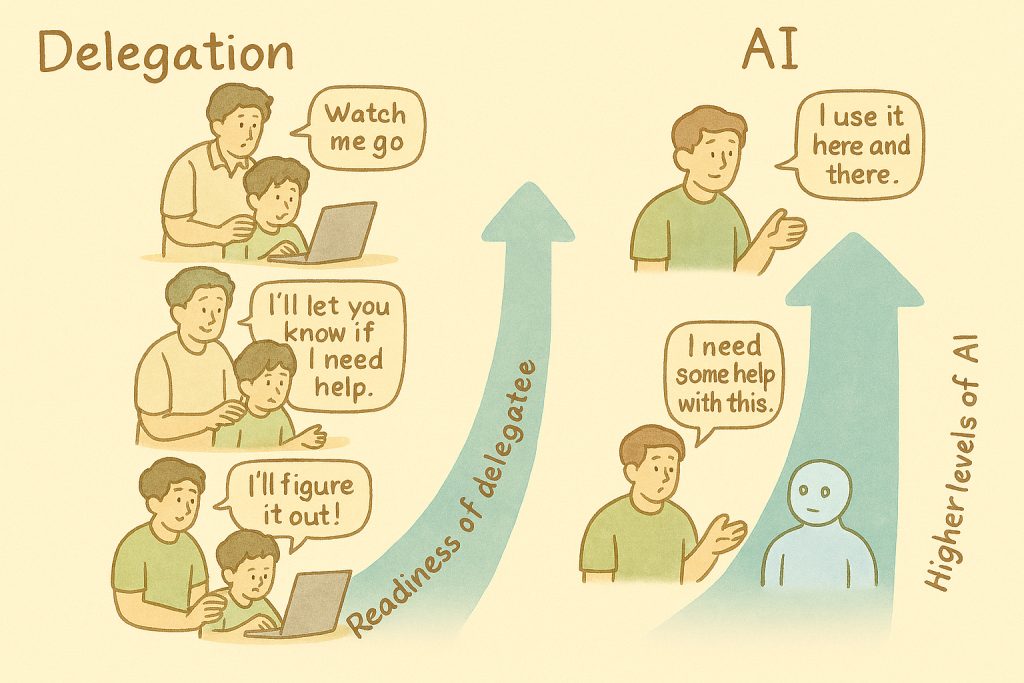You would all agree that Scrum Masters (SMs), especially the great ones, are so essential for teams and organizations to realize the full potential of Agile adoption. But, many organizations in India (and may be all over the world) are facing significant challenges in finding and developing great SMs and retaining them. Have they become an endangered species? You could assess the situation in your own organization by asking four major questions.
- Are leaders convinced of the SM’s value?
In many organizations, despite years of Agile adoption, delivery leaders still have lingering doubts about the SM being a “full-time” role. For commercial service providers, it adds to cost which may not necessarily be easy for delivery leaders to pass on to the paying customer. This results in the SM role being clubbed with a “regular” job as a team member. So, you see, if the leadership does not carry conviction about the value SMs bring to bear, their actions would show it, will they not? And if the SMs do not see their leaders walk the talk, how do you expect them to be motivated in their role and aspire to be great?
- How do people get to be SMs and grow in the organization?
Related to the above, is the approach organizations adopt in selecting people for the SM role and developing them to be great. Oftentimes, the most expedient route is chosen. For example, the tendency is not to “disturb” the most valuable team members for the role even if they display great potential but choose the “most available” of team members!
You get the drift, right? Ok, you may not get a great role fit to start with but at least, there need to be formal programs to bring new SMs up to speed and eventually to attain greatness. Is there a formal apprenticeship program under another established SM? Is there a guild of SMs and is it adding value? All not rocket science, but are organizations prepared to bite the bullet in terms of time and resources?
- Do SMs clearly see “WIIIFM”?
Ok, let’s say that as an organization, questions 1 and 2 above are effectively addressed. But what about addressing the SM’s ongoing career aspirations? “What’s in it for me?” (WIIIFM) from the SM point of view? We see that in many organizations, this is not effectively addressed. Some try defining levels of SMs – SM1, SM2 and SM3 with some role gradations so that SMs have a chance to get promoted in a 2-3 year time frame – get a sense of moving up the ladder.
But the greater question is that, many SMs view their SM stint as no more than a 2-3 year side-ward move and intend to “move back” to the well-established “regular” organizational hierarchy. They get anxious about “losing out” to their non-SM peers who would be able to demonstrate a much more “direct impact” of their contribution. So, the criteria for a great SM to be considered for promotion to, say, a Senior PM or even a Director grade, need to be made clear upfront. In other words, what do I need to demonstrate today as an SM to qualify for that next promotion? If this is not clear, organizations could potentially lose their great SMs to competition.
- Do SMs actively manage their own performance?
So, is the onus all on the organization to save the endangered SMs? Certainly not! SMs need to take full charge of their own performance and their career. Many SMs tend to view their role largely as being the custodians of values, principles and practices. They need to consider additional dimensions of role enhancement such as:
- team mentoring for better engineering practices
- guidance to the team and even the PO on business domain
- being the enterprise-level change agent for higher levels of Agile adoption across the board
SMs can take up one or more of the above to make the role more meaty and contributions more visible.
More than anything else, SMs themselves need to be convinced of the value they bring to the table and make that continually visible to key stakeholders who can influence their career growth. They need to proactively set higher goals for themselves and their teams and pursue them with vigor.
So, where does an organization start?
Finding and developing great SMs takes time and investments. But are organizations are always in a hurry, are they not?. One way to kick-start, albeit with caution, is to get expert external coaches who have themselves been outstanding SMs to seed the SM development initiative. Specific goals need to be set for these external “coach’s coaches” to develop so many internal SMs over a time period.
At the end of the day, SMs should feel that they have done it by themselves and not had greatness thrust upon them!




